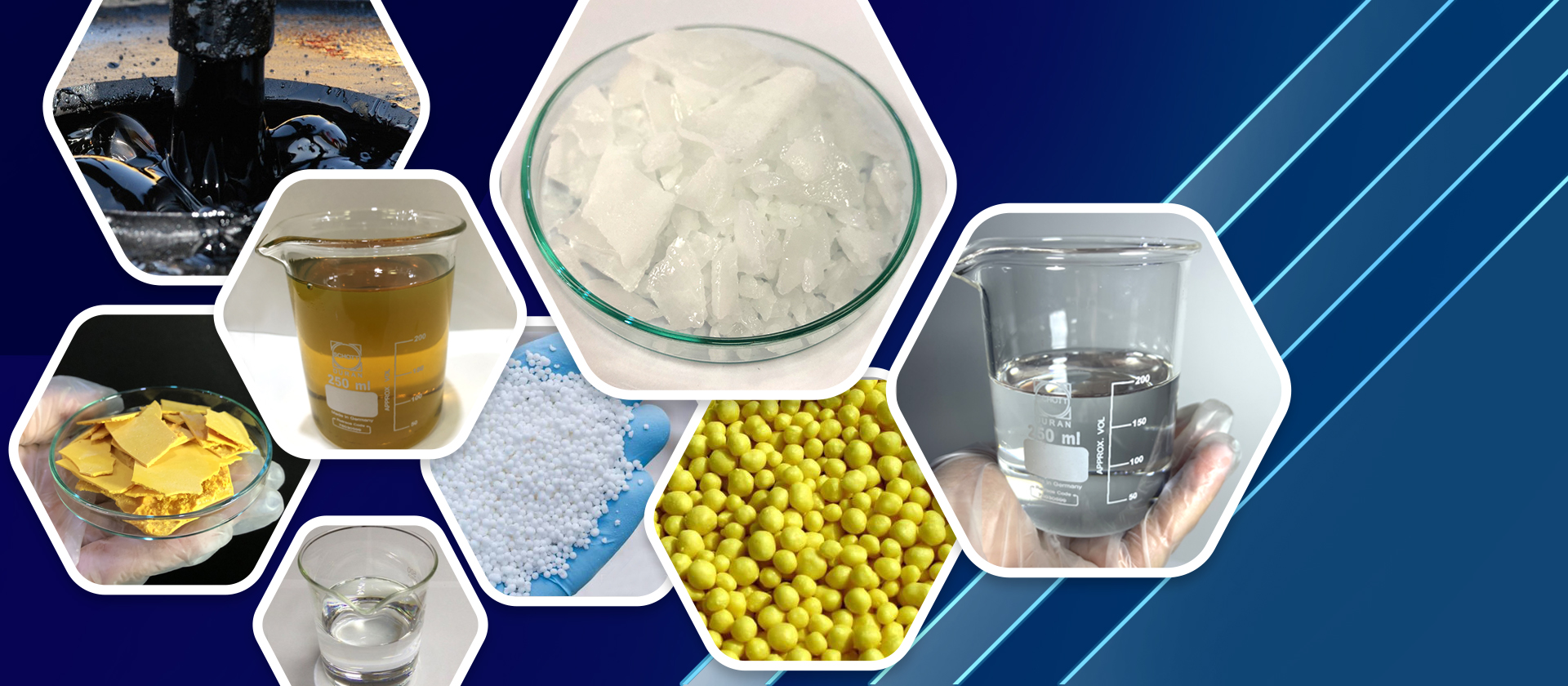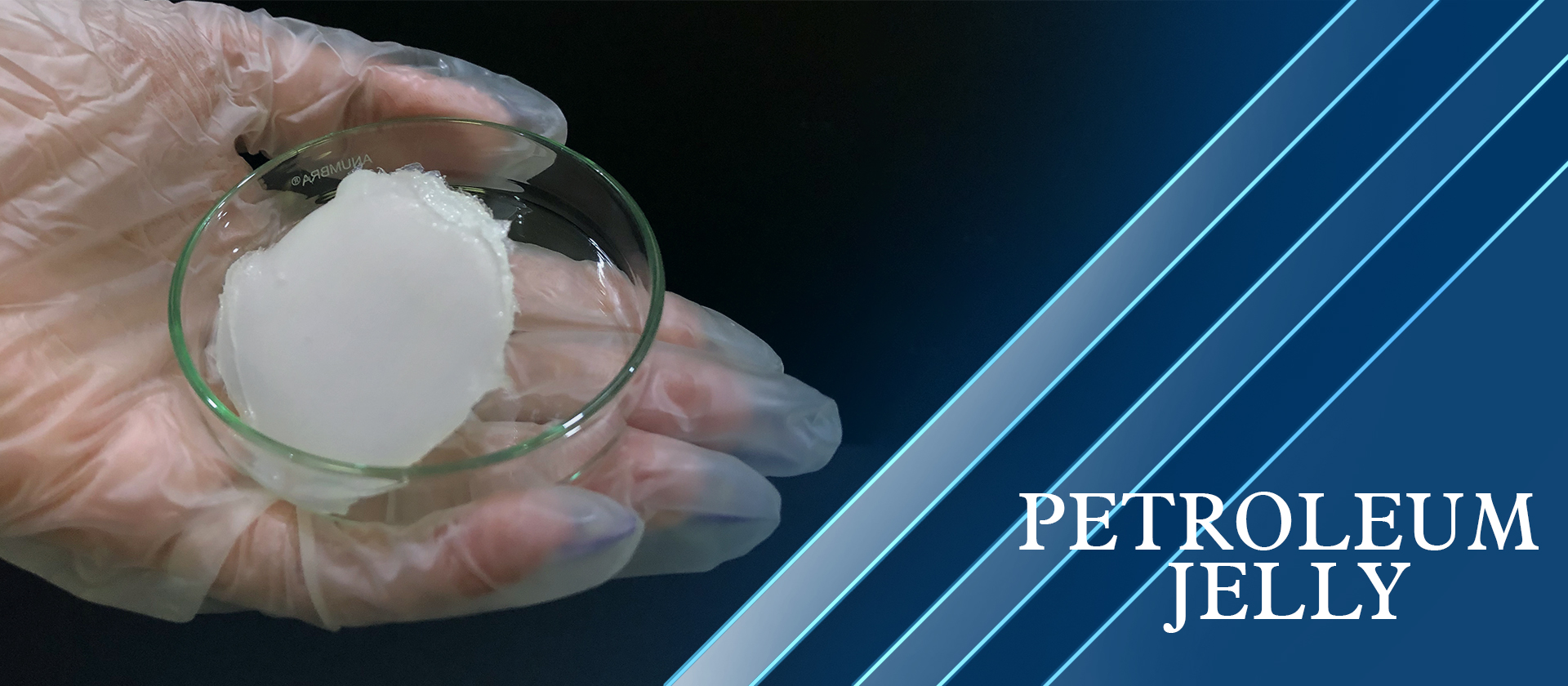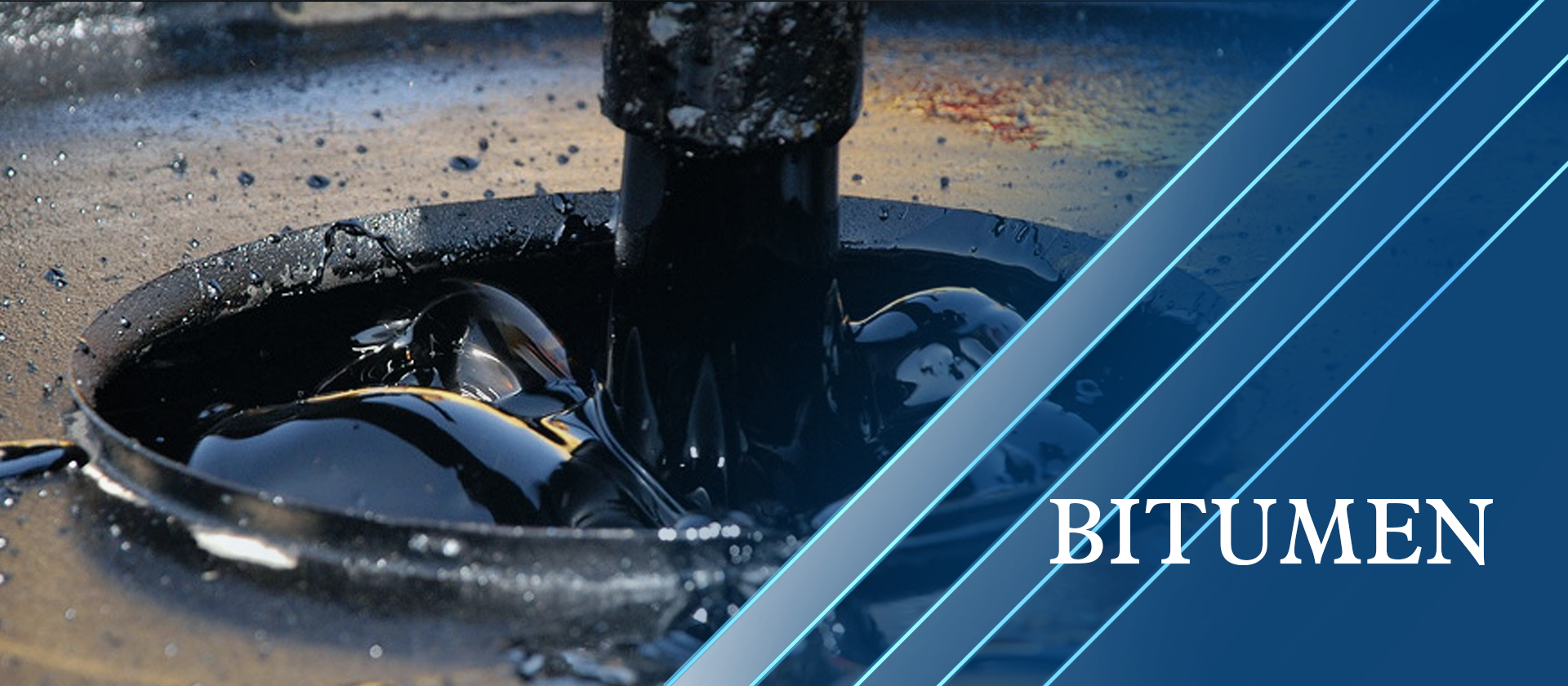Caustic Soda Flakes 99%
Caustic Soda Flake: An Essential Chemical with Multiple Uses
We are caustic soda flakes 98-99% producer as food and industrial grade with REACH certificate, ready for loading in EU the port of Ploçe Croatia, or in Turkey ports, Persian Gulf, Caspian Sea.
Caustic soda flakes (technical sodium hydroxide flakes) – flake mass of white
color, very hygroscopic, very soluble in water and alcohol. The formula is NaOH.
Technical sodium hydroxide flakes are obtained by evaporating of liquid caustic soda. The product is used in organic synthesis processes, petroleum products refining, the textile industry in the production of viscose silk and in bleaching fabrics in the paper and aniline industry, soap making, the production of aluminum and sodium metal, soluble glass, alkaline accumulators, Trilon B.

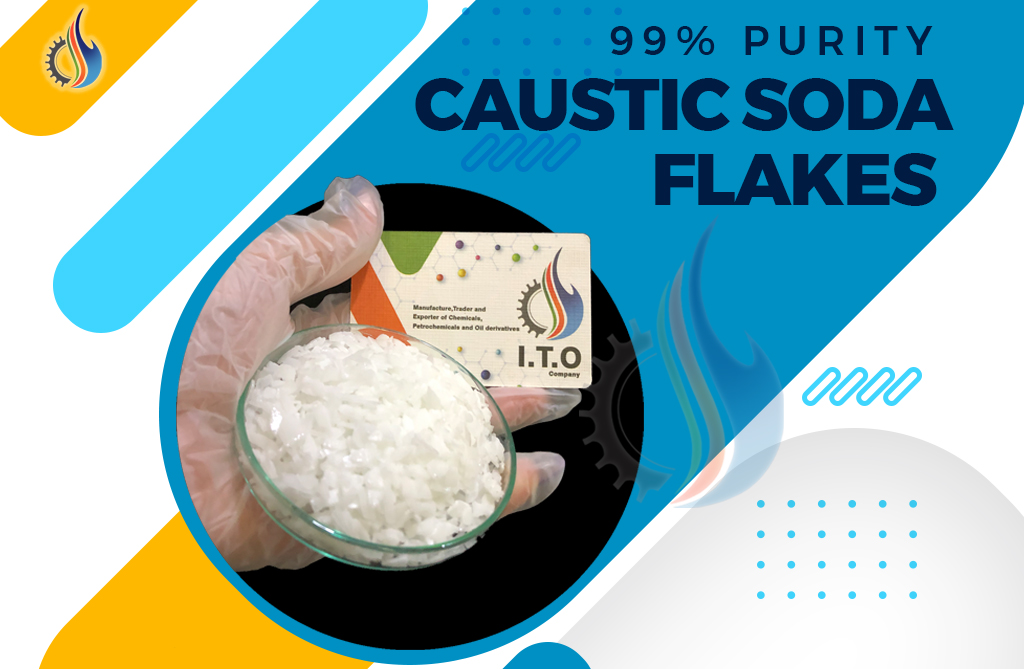
Bitumen 60/70: The Versatile Paving Solution You Need to Know
Are you aware of the most widely used paving material in the construction industry today? With the ever-growing need for durable and sustainable infrastructure, the demand for high-quality paving solutions has never been more critical.
Wide Range of Products
With a commitment to quality and punctuality, our company especializes in providing a comprehensive range of products and services tailored to meet the unique needs of our clients.
5 Advantages of Urea Fertilizer

Urea fertilizer is key in today's farming, boosting crop production globally. It's loved by farmers and experts for its many benefits. Urea fertilizer helps plants grow strong and healthy. This leads to more and better crops. It makes farming more efficient. We'll look at why urea fertilizer is so important in agriculture. It's not just about more crops. It also saves money for farmers.
What Is Urea Fertilizer and How Does It Work?
Urea fertilizer boosts plant growth thanks to its chemical composition and properties. It's a nitrogen-rich fertilizer, with 46% nitrogen by weight. This makes it one of the most concentrated nitrogen fertilizers out there.
Chemical Composition and Properties
Urea fertilizer is made of carbamide, a white, crystalline substance that dissolves well in water. Its formula, CO(NH2)2, shows it has a carbonyl group and two amine groups. This lets it dissolve in water and get absorbed by plants easily.
Its high nitrogen content makes urea fertilizer a great source of nitrogen for crops. Nitrogen is vital for plant growth, helping with leaf, stem, and root development.
Nitrogen Conversion Process in Soil
When applied to soil, urea goes through changes to make its nitrogen available to plants. First, it's broken down by the enzyme urease in the soil, turning it into ammonium (NH4+). This is key because plants can take in nitrogen as ammonium or nitrate (NO3-).
The ammonium from urea's breakdown can then be nitrified by soil bacteria. This turns it into nitrate. This nitrification process helps release nitrogen to crops over time.
Advantage 1: High Nitrogen Concentration for Maximum Plant Growth
Urea fertilizer is known for its high nitrogen content. This is key for plants to grow well. It's great for farmers who want to increase their crop yields.
Understanding Nitrogen's Critical Role in Plant Development
Nitrogen is vital for plants. It helps grow leaves, stems, and roots. It's also part of amino acids, which are crucial for plant growth. Nitrogen deficiency can cause stunted growth, yellow leaves, and lower yields.
Nitrogen is essential for plant development. It helps make chlorophyll, which lets plants use sunlight for photosynthesis. Plants need enough nitrogen to grow and thrive.
How Urea's 46% Nitrogen Content Outperforms Alternatives
Urea fertilizer has 46% nitrogen, making it very concentrated. This means you need less of it to get the same nitrogen benefits. This cuts down on costs and environmental impact.
The high nitrogen in urea fertilizer boosts leaf growth. Nitrogen helps make chlorophyll and proteins for photosynthesis. Urea fertilizer helps plants grow stronger and produce more.
• Nitrogen promotes the development of larger, healthier leaves.
• Increased chlorophyll content enhances photosynthetic activity.
• Improved photosynthesis leads to more robust plant growth and higher crop yields.
Knowing how nitrogen helps plants and how urea supports this is important. Farmers and agricultural experts can make better choices about fertilizers.
Advantage 2: Cost-Effectiveness of Urea Fertilizer
Urea's cost-effectiveness is a big reason why it's becoming more popular among farmers. Farmers are always looking for ways to save money without losing yield. Urea fertilizer is a great choice because it's very affordable.
Economic Analysis of Nitrogen Sources
Urea is a standout when it comes to nitrogen fertilizers. It has a high nitrogen content and is made at a lower cost. An economic study shows that urea is often the most affordable option for every unit of nitrogen.
Transportation and Storage Cost Benefits
Urea also saves money on transportation and storage. Its high nitrogen concentration (46%) means it takes up less space and needs fewer resources to move. This is compared to other fertilizers with lower concentrations.
Long-term Economic Returns for Farmers
Urea's cost-effectiveness leads to long-term savings for farmers. By cutting down on nitrogen fertilization costs, farmers can make more money. Also, using urea regularly can make the soil more fertile. This can lead to higher crop yields and more money for farmers.
In summary, urea fertilizer is a smart choice for farmers. It helps them save money on nitrogen while keeping their farms profitable.
Advantage 3: Versatility Across Different Crops and Growing Conditions
Urea fertilizer is a top pick for farmers with varied needs. It works well with many crops, making it a key asset in farming today.
Application Benefits for Row Crops
Urea is great for row crops like corn, soybeans, and wheat. It boosts their growth, leading to better harvests.
Performance in Specialty and Horticultural Crops
Urea also shines with specialty and horticultural crops. It gives them the nitrogen they need, improving their quality and output.
Adaptability to Various Soil Types and pH Levels
Urea fertilizer is flexible with different soils and pH levels. It works well in many conditions, helping farmers in various areas.
Urea's crop versatility and ease of use make it a favorite among farmers. It supports diverse agricultural practices and helps crops grow strong. This makes it essential in today's farming.
Advantage 4: Flexible Application Methods
Urea fertilizer comes in many application methods for farmers. This flexibility is key in modern farming. It helps increase crop yields and efficiency.
Broadcasting Techniques
Broadcasting is a common way to apply urea fertilizer. It involves spreading it evenly over the soil. This method works well for big areas and uses tools like manual spreaders or tractor-mounted ones.
The key to successful broadcasting is ensuring uniform coverage. This prevents over-fertilizing in some spots and under-fertilizing in others.
Foliar Application Options
Urea can also be applied directly to plant leaves through foliar application. This method gives plants a quick nitrogen boost. It's great for critical growth stages or when soil conditions are poor.
It's essential to follow the recommended concentration to avoid leaf burn.
Incorporation with Irrigation Systems
Urea fertilizer can be added to irrigation systems, known as fertigation. This method allows for precise nutrient application, reducing waste and improving efficiency.
Fertigation Benefits and Methods
Fertigation has many benefits, like better nutrient use and lower labor costs. By adding urea to irrigation systems, farmers can optimize water and nutrient deliver. This leads to healthier crops and possibly higher yields.
The method involves dissolving urea in water and applying it through irrigation. This ensures even distribution across the field.
Advantage 5: Rapid Nutrient Availability and Extended Release
Urea fertilizer is special because it offers quick and lasting nutrient benefits. It meets plants' needs at different growth stages. This is great for farmers who want to increase their crop yields.
Urea gives plants a fast start with nutrients. This helps them grow strong and healty early on.
Initial Dissolution and Plant Uptake
When applied, urea fertilizer dissolves quickly in soil moisture. This makes nitrogen ready for plants to use. Plants grow faster and stronger because of this.
Sustained Nitrogen Release Patterns
Urea fertilizer also releases nitrogen slowly over time. This keeps plants getting the nitrogen they need as they grow. This way, plants stay healthy for longer.
Strategic Timing for Critical Growth Stages
Applying urea fertilizer at the right time is key. It's best to do it when plants are at important growth stages. This helps plants use nutrients better when they need them most.
In summary, urea fertilizer is a powerful tool for farming. It offers quick and lasting nutrient benefits. By using it wisely, farmers can grow more food and help the environment.
Best Practices for Using Urea Fertilizer Effectively
Farmers can boost urea fertilizer's effectiveness by following best practices. This means paying attention to several important factors.
Optimal Application Timing
When to apply urea is key for its best use. Applying urea at the right time makes sure nitrogen is there when crops need it. For many crops, this is just before or at planting.
For crops that grow longer, more applications might be needed. Soil moisture levels also matter, as urea works best in moist but not wet soil.
Rate Recommendations by Crop Type
Each crop needs different amounts of nitrogen. Corn and other high-nitrogen-demand crops need more urea than soybeans, for example.
• Corn: 150-200 lbs/acre
• Wheat: 100-150 lbs/acre
• Soybeans: 0-50 lbs/acre
Enhancing Efficiency with Urease Inhibitors
Urease inhibitors slow down urea's breakdown into ammonia. Using urease inhibitors makes urea fertilizer more efficient.
Reducing Nitrogen Loss Through Volatilization
Nitrogen loss through volatilization is a big issue with urea fertilizer. Incorporating urea into the soil or using urease inhibitors can cut down on this loss. This means more nitrogen is available to crops.
Environmental Considerations and Sustainable Use
Urea fertilizer is very effective but also poses big environmental challenges. As farming grows, we must tackle these issues for sustainable farming.
Managing Potential Runoff and Leaching
Urea fertilizer can lead to nitrogen runoff and leaching into water. This harms aquatic life. To fix this, farmers can use conservation tillage and cover cropping. These methods cut down soil erosion and keep nitrogen in the soil.
Reducing Greenhouse Gas Emissions
Urea fertilizer can also cause greenhouse gas emissions. Farmers can use urease inhibitors to lower these emissions. Also, precision agriculture techniques help apply urea more efficiently.
Precision Agriculture Approaches for Urea Application
Precision agriculture uses new tech to boost crop yields and cut waste. By applying urea with GPS and soil sensors, farmers target it exactly. This boosts yields and cuts down on nitrogen loss.
By using these methods, farmers can use urea more sustainably. This balances productivity with caring for the environment.


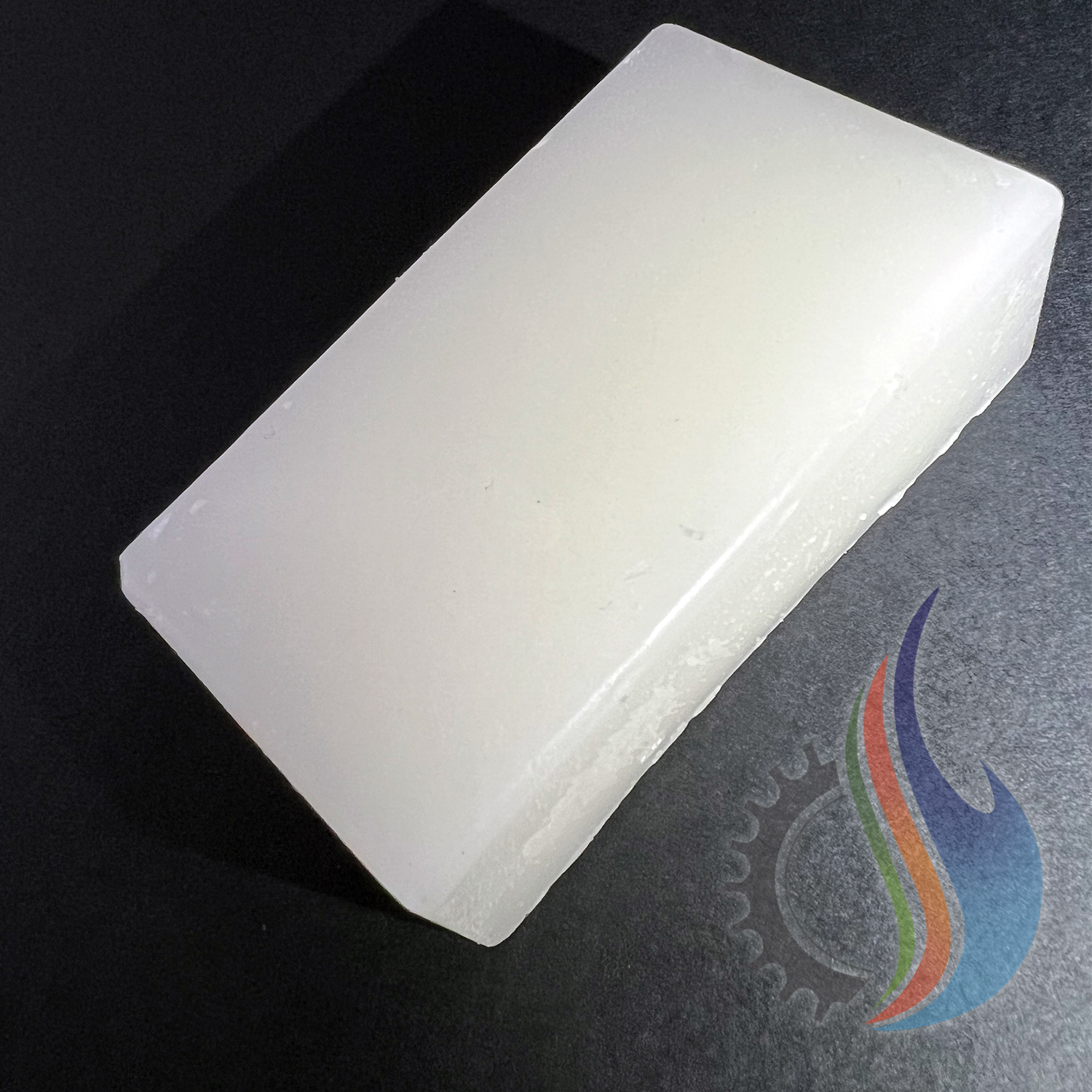

Products Analysis
Bitumen 60/70: The Versatile Paving Solution You Need to Know Are you aware of the most widely...
PETROLEUM JELLY Petroleum jelly or Vaseline, is a long-standing skin treatment product widely used in...

